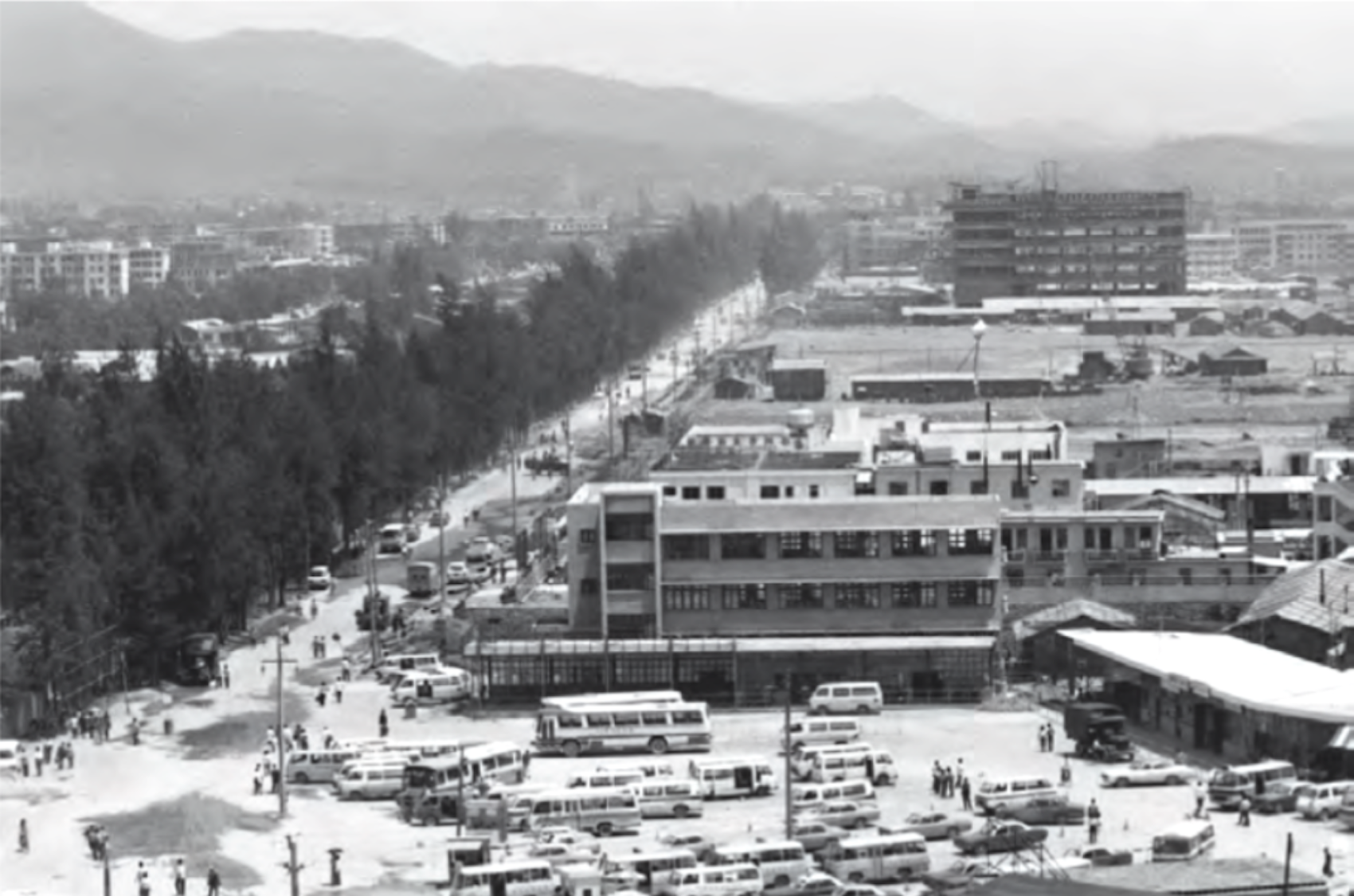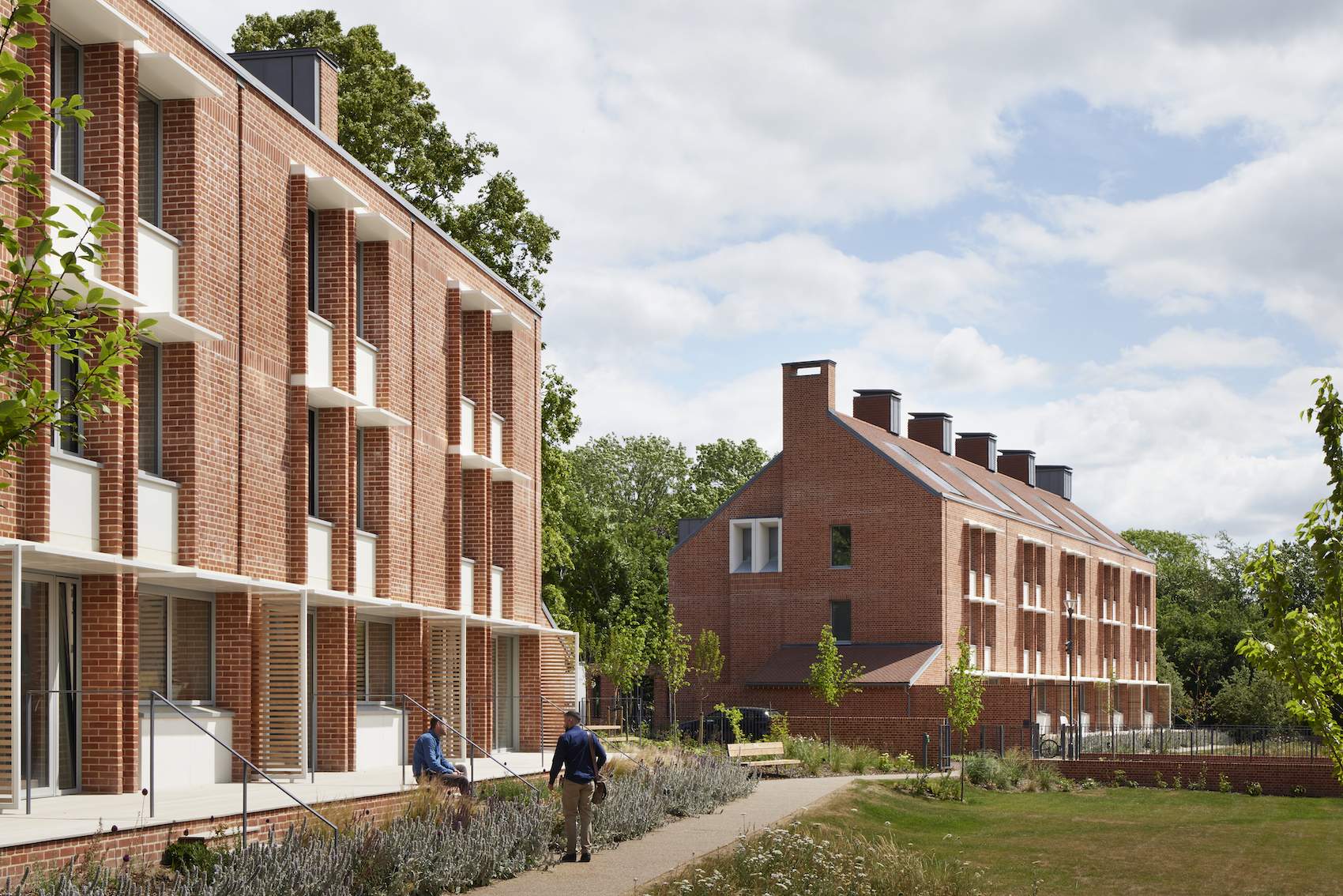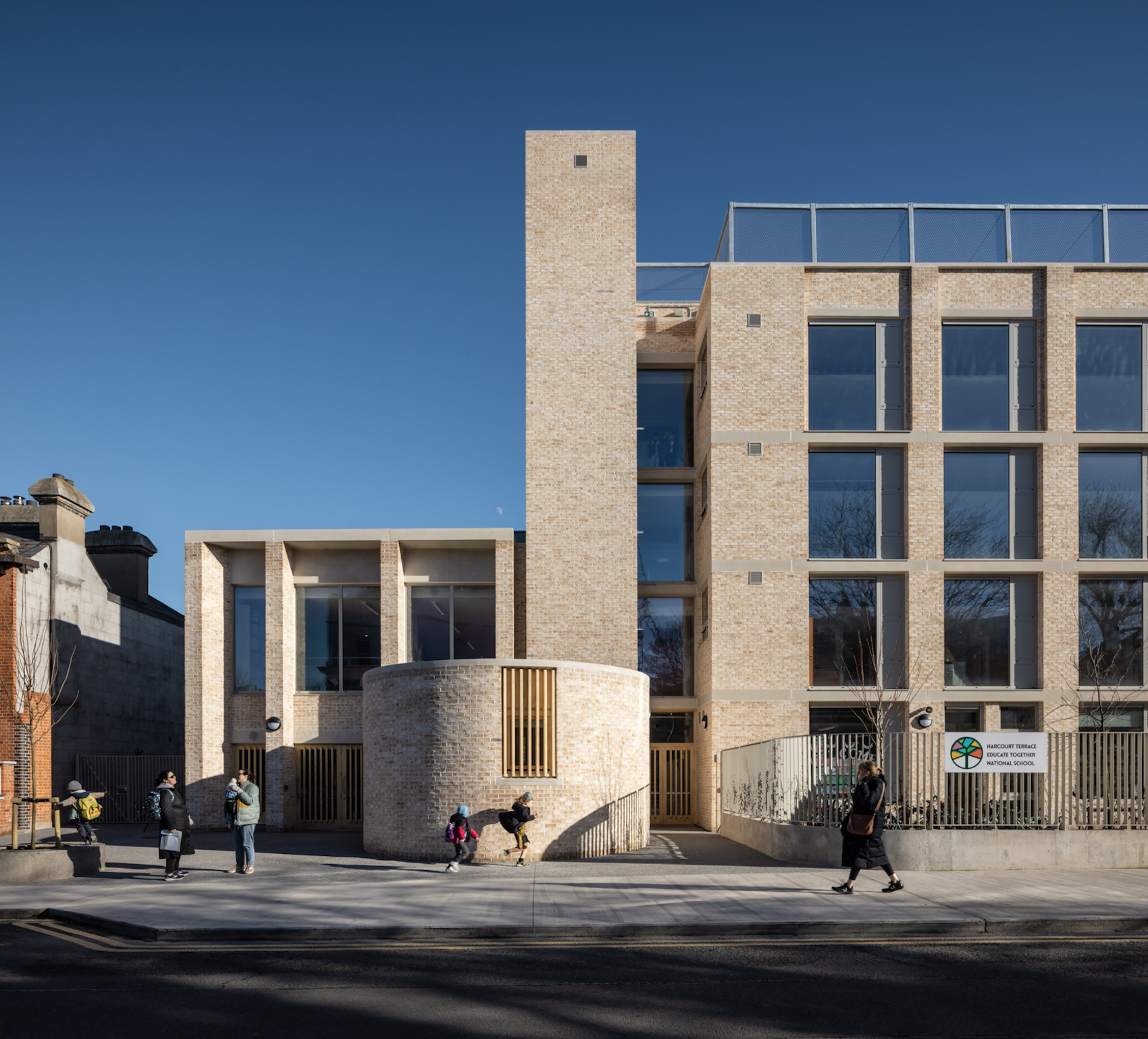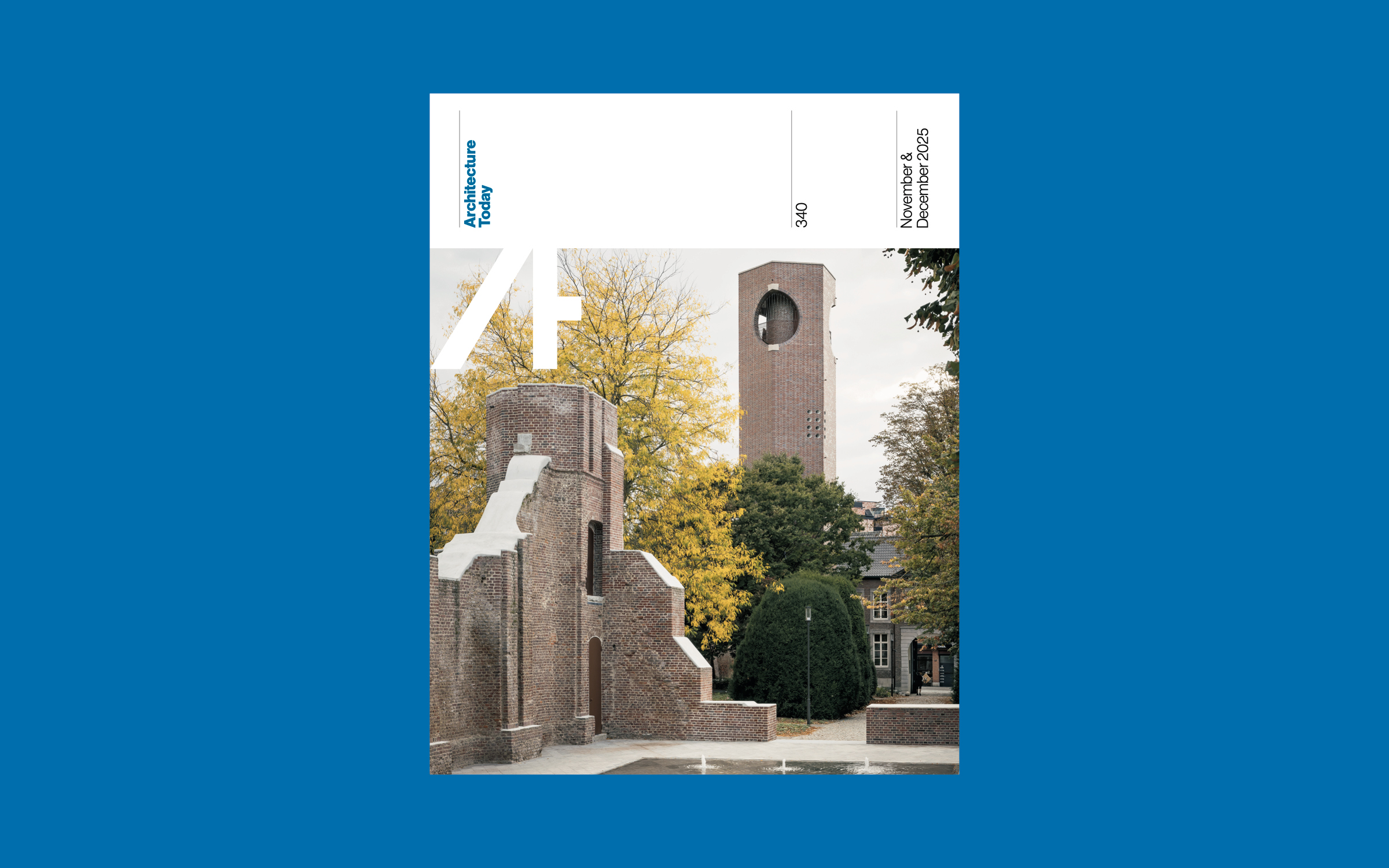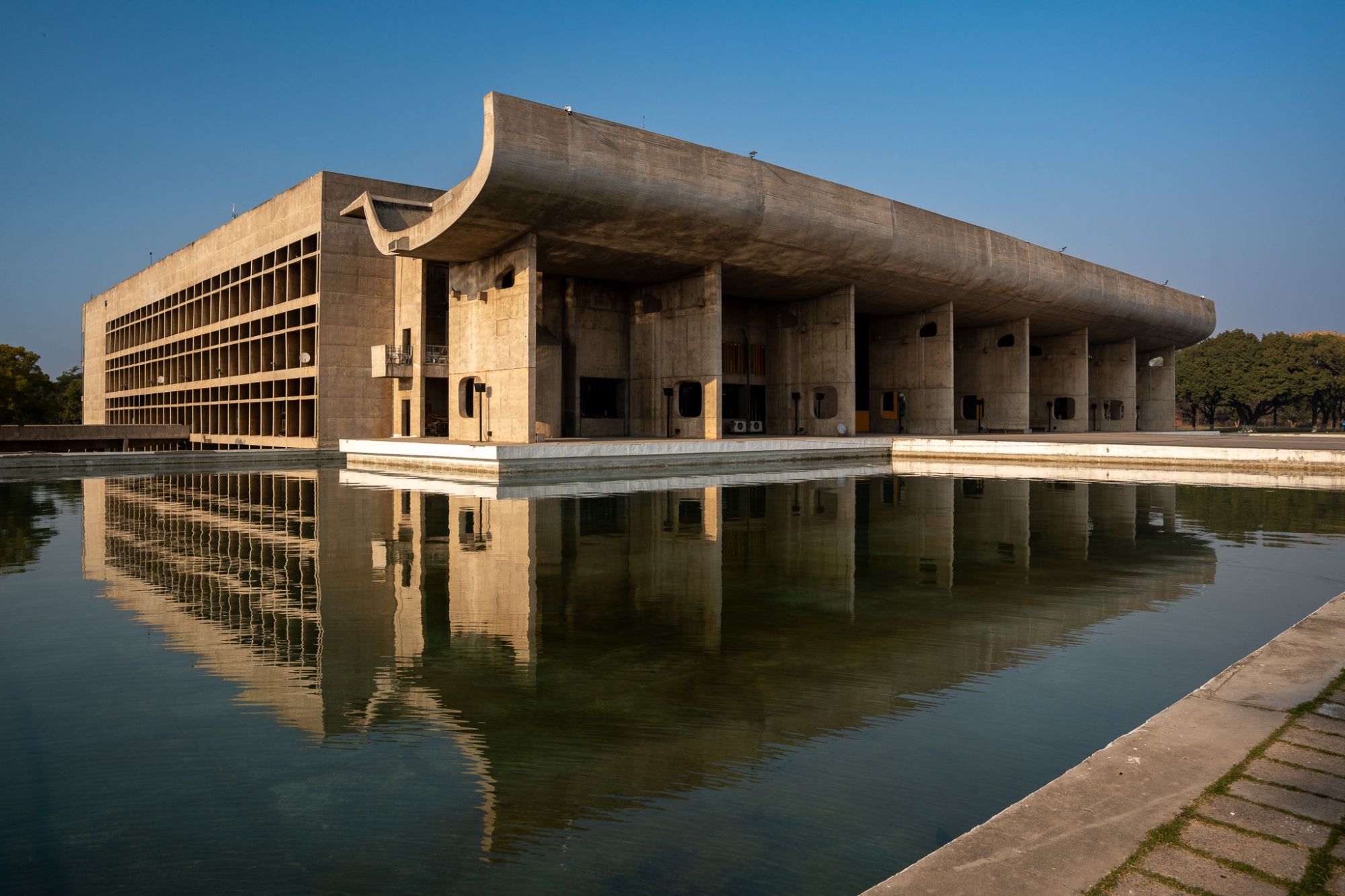Hollyhock House lived up to Frank Lloyd Wright’s vision of a building “comfortable to live in well, with true pride in itself” but was beset by disagreements with his mercurial client.
The house’s stately formality is tempered by its low profile and unornamented stucco roof.
Why in the name of Louis B. Mayer has there never been a big-budget, Oscar- buzzy, searchlights-and-limos-at-the- premier movie about America’s most famous architect? In 2008, the rights to the novel Loving Frank – Nancy Horan’s take on the life of Frank Lloyd Wright, as told from the perspective of his one-time partner Mamah Borthwick – were acquired by Lionsgate Films; only a year later, writer T.C. Boyle released a not dissimilar, feminist-tinged fiction about Wright, The Women, and his publishers went so far as to produce a cinematic-type trailer for the book that seemed an obvious bid to attract the interest of a studio. To date, nothing has come of either.
This is odd, if for no other reason than that the camera loves Wright’s buildings. From Blade Runner (Ennis House) to Die Hard (Storer House), from Men in Black (the Guggenheim Museum) to Gattaca (the Marin Civic Center), the FLW catalogue is nothing if not photogenic, an ideal background to “beautiful people captured in beautiful light,” as Cecil B. DeMille once described the directorial art. (It may have been Billy Wilder. Or was it D.W. Griffith?)
Yet despite a number of documentaries – and a life story chockablock with sex, murder, jail, fires and earthquakes – no full-length feature biopic has ever been attempted. Just a short walk from the Hollywood sign, one house shows what the dream factory has been missing out on.
Begun in 1919 on Olive Hill in the Los Feliz neighborhood, Hollyhock holds the title to being the first house Wright ever designed in Los Angeles, a city that would subsequently become the repository of some of his most memorable and most daring architectural experiments. It does not, in itself, represent the fullest flowering of his West Coast style: like his contemporaneous projects in Chicago, it’s a long, low volume, with a fairly formal plan centered on a living room with an impressive hearth of the kind the Midwesterner often favoured, but that seems curiously out of place in Southern California. Save for in its slightly sloped, stucco-covered walls, the house also eschews the temple-like, faintly Mesoamerican expression that Wright gave later, more celebrated houses like his La Miniatura in Pasadena; in particular, it does not feature the concrete bricks, stamped with Mayan-inspired patterns, that became his regional hallmark.


Abstracted vertical sprigs of hollyhock pay homage to the client’s favourite flower.
In other respects, however, the project represents a remarkable departure. In his autobiography, Wright refers to the house repeatedly as a “romanza of California”: the reference, as he intended it, is to the brief, impassioned musical pieces of the kind popular in some Spanish-speaking countries; in his typically vague way, the designer appropriated the term, intending his building as a kind of architectural romanza on SoCal themes. In addition to its pueblo-profile, the house’s closed-horseshoe shaped footprint embraces a large courtyard, with smaller patios and gardens around the periphery providing for easy indoor-outdoor living. Its eponymous sculptural details – abstracted vertical sprigs of hollyhock, made out of a composite concrete – give a rhythm and unity to the exterior as well as to the interior, where it recurs not only in the walls but in the geometric patterning of the leaded windows and furniture. Impressive in scale, the house also maintains an intimacy as delicate as anything in the Wright oeuvre, living up to his description of it as a building “comfortable to live in well, with true pride in itself.”
If only the tale behind it were half as attractive. Aline Barnsdall was the wealthy heiress to a Pennsylvania oil fortune: a single mother at a time when such a thing was unheard of, she was a woman of considerable artistic energies and strong views, but alarmingly little focus. “Mr. Wright and I have differed on only one point,” she wrote in 1920. “No matter what he says my house will not be white.” On this score Wright obliged her; unfortunately, she seemed determined to find others on which he was less amenable. Disputes between client, architect, and contractor are a leitmotif of Wright’s story, but the years long saga of the Barnsdall project is a special case, stretching well beyond the main house’s completion in 1921. Having originally dreamt of a far larger scheme, with a theatre and other secondary structures littered around the steep bluff, Hollyhock’s ever-restless tenant soon bored of the idea and indeed of the house. As early as 1923, she was attempting to donate all or part of Olive Hill to the city of Los Angeles for cultural purposes, only to change course and claim one of the smaller buildings that had been constructed onsite into her full-time residence. Whatever her motives, Barsndall’s mercurial decision making had at least one positive result: having dealt largely with Wright’s Los Angeles-based assistants, she continued to rely heavily on one of them in particular (her correspondent on the colour-choice question) for modifications. In so doing, she effectively launched the career of Rudolph Schindler.
The property did, ultimately, end up with the city, becoming the popular Barnsdall Art Park, with the house as its main attraction. And yet, accessible as it is – and with every big-shot producer worth his weight in celluloid within a 35 minute drive (50, maybe, at rush hour) – the only appearance that Hollyhock has ever made in a major motion picture is a cameo in the 1989 tongue-in-cheek B comedy Cannibal Women in the Avocado Jungle of Death. The beauty of the building, as well as the saga of its creation and afterlife, is only a passing scene in the epic drama that was Frank Lloyd Wright’s life, but as a teaser it vies with nearly anything in The Brutalist, and ought to be enough to get a few ‘names’ attached. At least one writer has a treatment ready to go.







